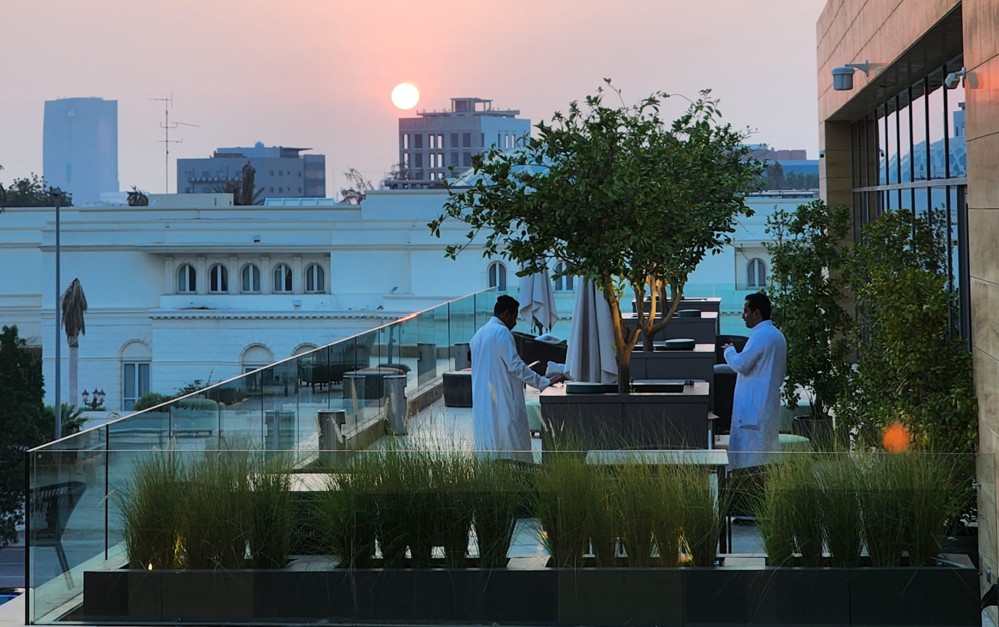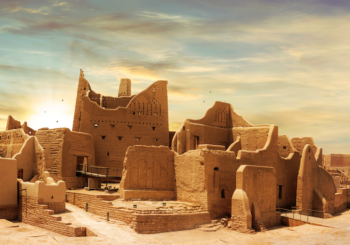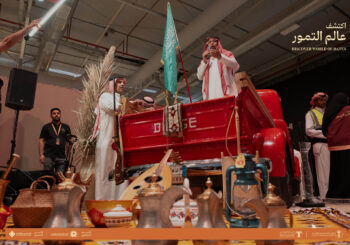Saudi Arabia may be one nation, but it speaks in many voices. From the clipped confidence of Riyadh’s Najdi tones to the melodic inflections of Hejaz and the earthy drawl of the southern highlands, regional accents (lahjat) reveal a deeper layer of the Kingdom’s cultural identity.
They are not just ways of speaking. They are living markers of geography, history, community, and pride.
Saudi Arabic is not a single dialect. It is a mosaic of regional forms shaped by centuries of migration, trade, and tribal heritage. Linguists typically group Saudi dialects into several broad families, but within each, there are countless local nuances.
Najdi Arabic, spoken in Riyadh and central regions, is often described as clear and structured. It reflects Bedouin roots and is seen by many as the “prestige” dialect, especially due to its widespread use in national media and official speech.
Hejazi Arabic, heard in Jeddah, Makkah, and Medina, has a softer, sing-song quality. Influenced by centuries of trade and pilgrimage, Hejazi includes vocabulary borrowed from Turkish, Persian, and even Italian. The result is a dialect that feels more open, more global.
Eastern or Gulf Arabic, spoken in cities like Dammam and Al Khobar, shares traits with the dialects of Bahrain, Kuwait, and Qatar. The tone is fluid, the speech smooth. Its roots stretch into both Arabian and Persian Gulf cultures.
Southern dialects, found in Asir, Najran, and Jizan, are among the most distinct. They preserve elements of ancient Arabic grammar and vocabulary, with a rhythm and tone that feel older and more poetic. These dialects are deeply tied to the mountainous geography and tribal traditions of the region.
Each accent is a product of its environment , shaped by isolation or interaction, by the sea or desert, by conservatism or cosmopolitanism.
How Accents Shape Perceptions
In Saudi society, accents do more than communicate. They signal. They imply origin, education, even status.
A strong southern accent may suggest humility and tradition to some, but be dismissed as rural or unrefined by others. A Najdi speaker might be assumed to hold influence, not only because of the centralization of government and media in Riyadh, but also because of long-standing associations between dialect and authority.
This dynamic has in some cases led to Saudis – especially in universities, media, or the workplace – to soften their regional accents. Some switch between dialects depending on context, using more neutral speech in formal settings and their native lahja with friends or family.
But language is never fixed. It adapts. And today, regional pride is growing, especially with more movement across regions.
Language in the Digital Age
Social media has given a new stage to dialects. On platforms like TikTok, Snapchat, and YouTube, creators are embracing local speech. Skits, parodies, and commentary delivered in distinct dialects are gaining traction. Viewers celebrate the familiarity of their region’s tone or laugh at exaggerated portrayals of others.
These online spaces have become places where dialects are not just preserved, but performed. Dialects have become content, comedy, and connection. A single word or phrase can instantly signal identity, build rapport, or spark conversation.
Regional speech is no longer something to hide. It is something to share.
Beyond entertainment, efforts are emerging to preserve and study regional dialects more seriously. Linguistic departments at Saudi universities are documenting endangered dialects. Oral history projects are recording the speech of older generations. Artists and poets are reviving old sayings and idioms in modern works.
There is also growing recognition that dialect diversity reflects cultural richness. Vision 2030’s emphasis on cultural heritage includes not only architecture and food, but also language. By valuing dialects, Saudi Arabia is reaffirming the importance of local identity within national unity.
Why Accents Matter
Accents are more than sound. They are shaped by land and time, by movement and memory. They carry the weight of heritage and the flavor of place. They reflect how Saudis connect, not just to each other, but to where they come from.
In a country changing as fast as Saudi Arabia, regional accents offer something enduring. They remind us that identity is not only in the words we speak, but in how we speak them.
So the next time you travel from Riyadh to Jeddah, from Abha to Dammam, listen closely. The language may be Arabic, but every city has its own voice.








Comments (0)